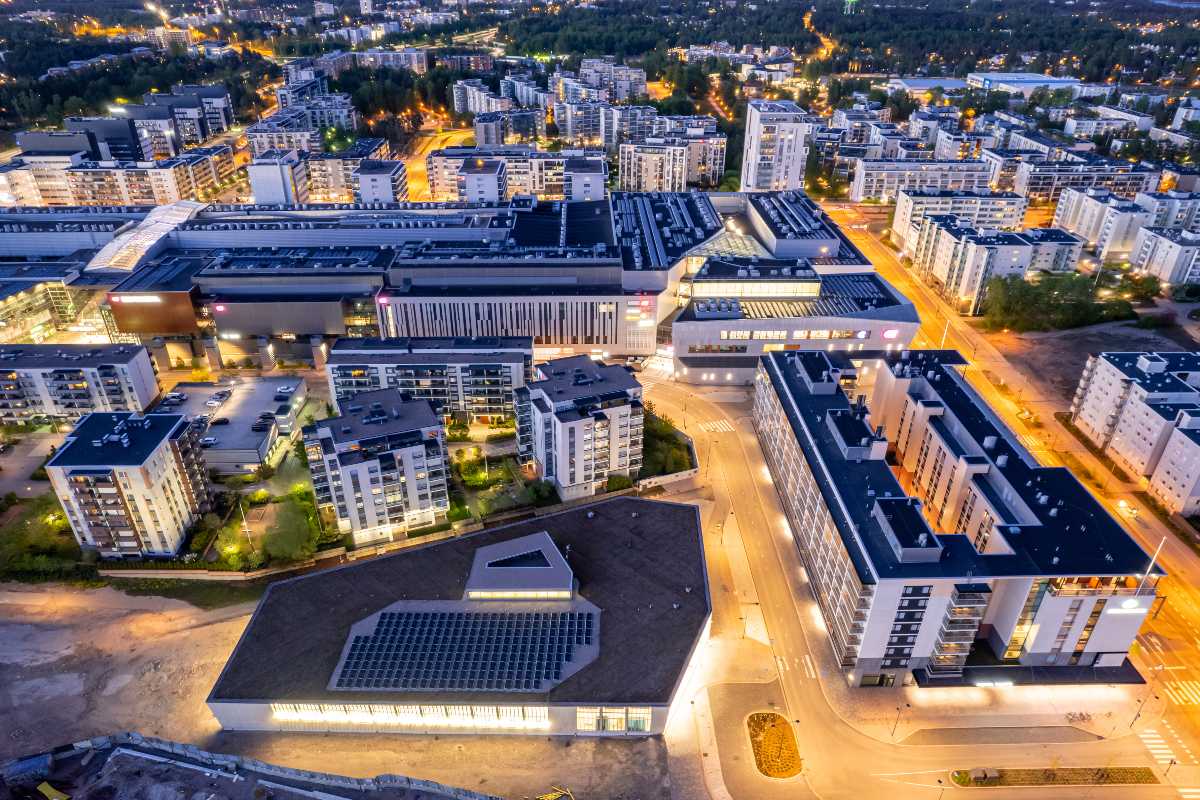24 - 25 June 2025 | Online & In-Person (London)
Bringing Cities Together to Inspire Climate Action
Cities Climate Action Summit
60
Speakers
2000+
Delegates
Inspiring
Keynotes
Fireside
Chats
Roundtable
Discussions
Networking
As cities face increasing challenges related to traffic congestion, air pollution, and public health, it is crucial to prioritise sustainable transportation solutions that reduce reliance on private vehicles and prioritise greener and healthier modes of mobility. This panel discussion will delve into the primary strategies cities are using to walking, cycling, and public transport usage, highlighting their respective benefits and delivering successful case studies. Talking points include:
Infrastructure and land-use planning – highlighting the importance of creating safe and accessible pedestrian infrastructure, including well-maintained sidewalks, pedestrian crossings, and shared spaces, to encourage walking as a viable mode of transportation. The discussion will also focus on integrating land use planning with transport policies, promoting mixed-use developments, compact urban design, and pedestrian-oriented neighbourhoods that facilitate walking and reduce the need for car trips.
Advancing public transport and shared mobility – the importance of expanding and integrating public transport networks to provide convenient and reliable alternatives to private vehicles. This includes improving connectivity, increasing frequency, and integrating various modes of public transport, such as buses, trams, subways, and light rail systems, with new mobility, like micromobility and on-demand transport. This includes exploration of the underlying technologies responsible for enhancing the public transport experience, including real-time information systems, and MaaS apps for trip planning and ticketing.
Using data to inform transport planning – how are cities leveraging data analytics to gain insights into travel behaviour, modal split, optimise infrastructure investment, and enhance the overall efficiency of urban transportation systems? We’ll explore the collection and analysis of data from data sources, the potential for predictive modelling for future transport demand, and the integration of technology for real-time monitoring and management of transportation networks.







